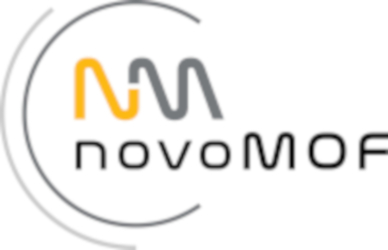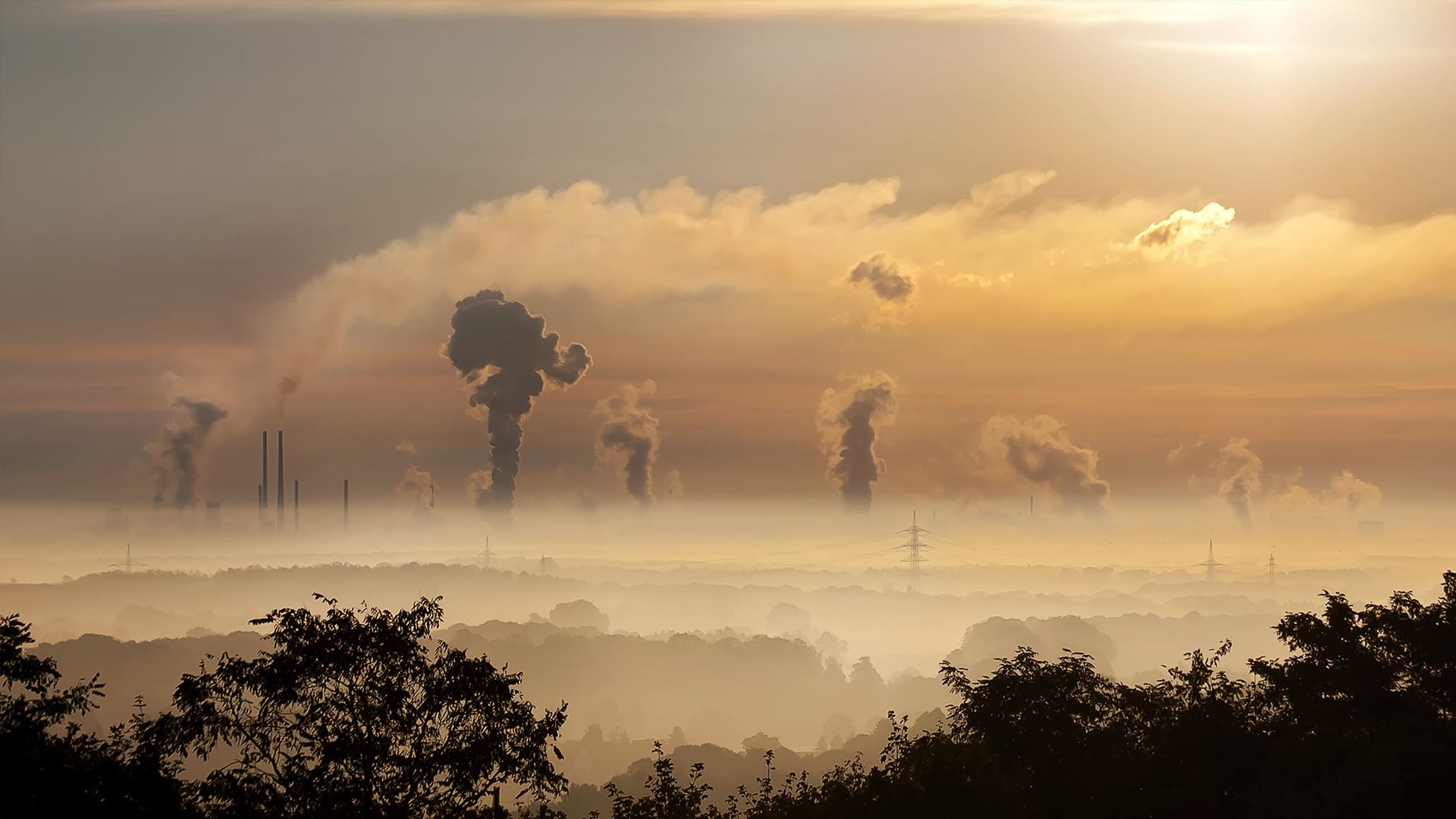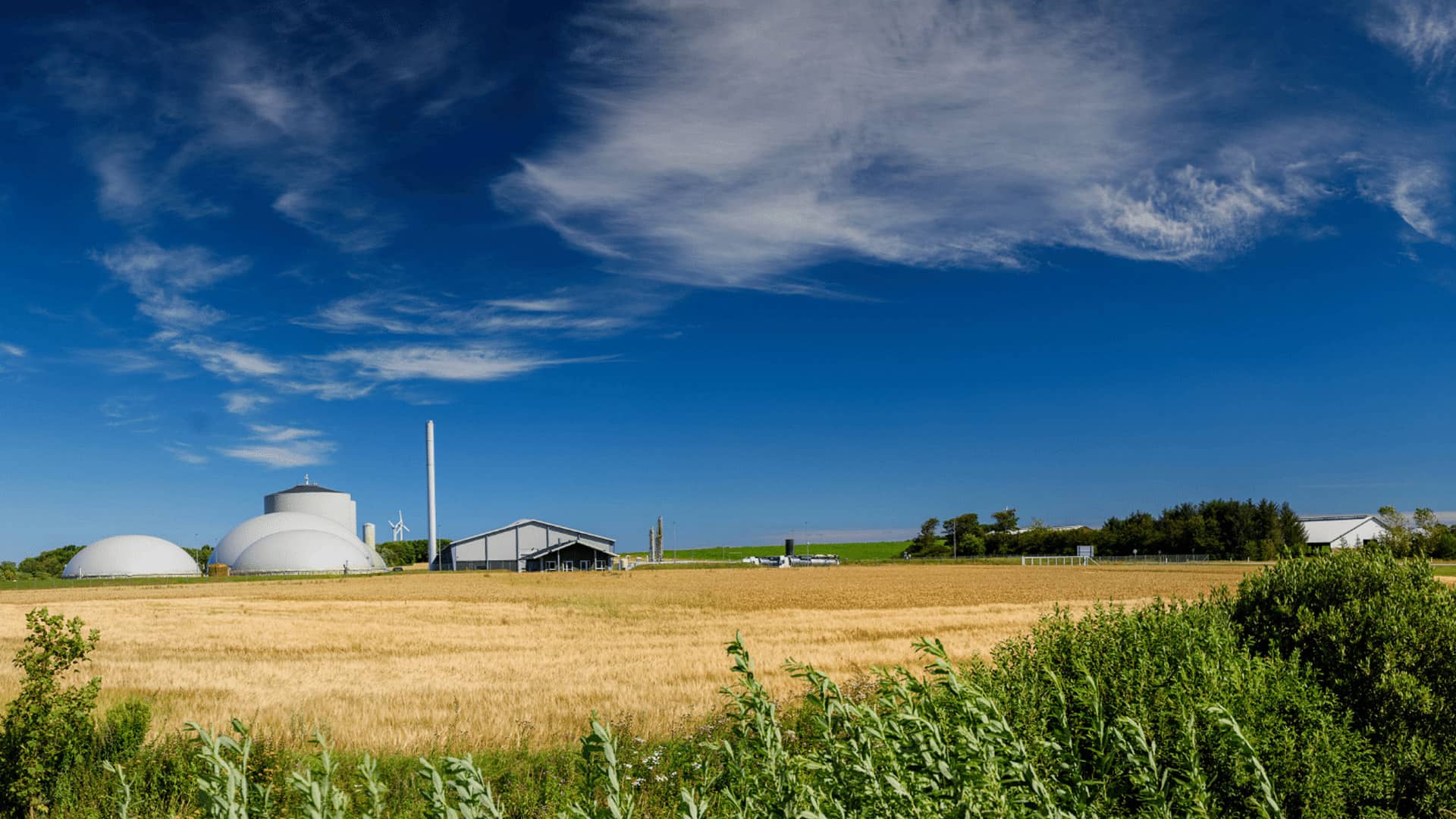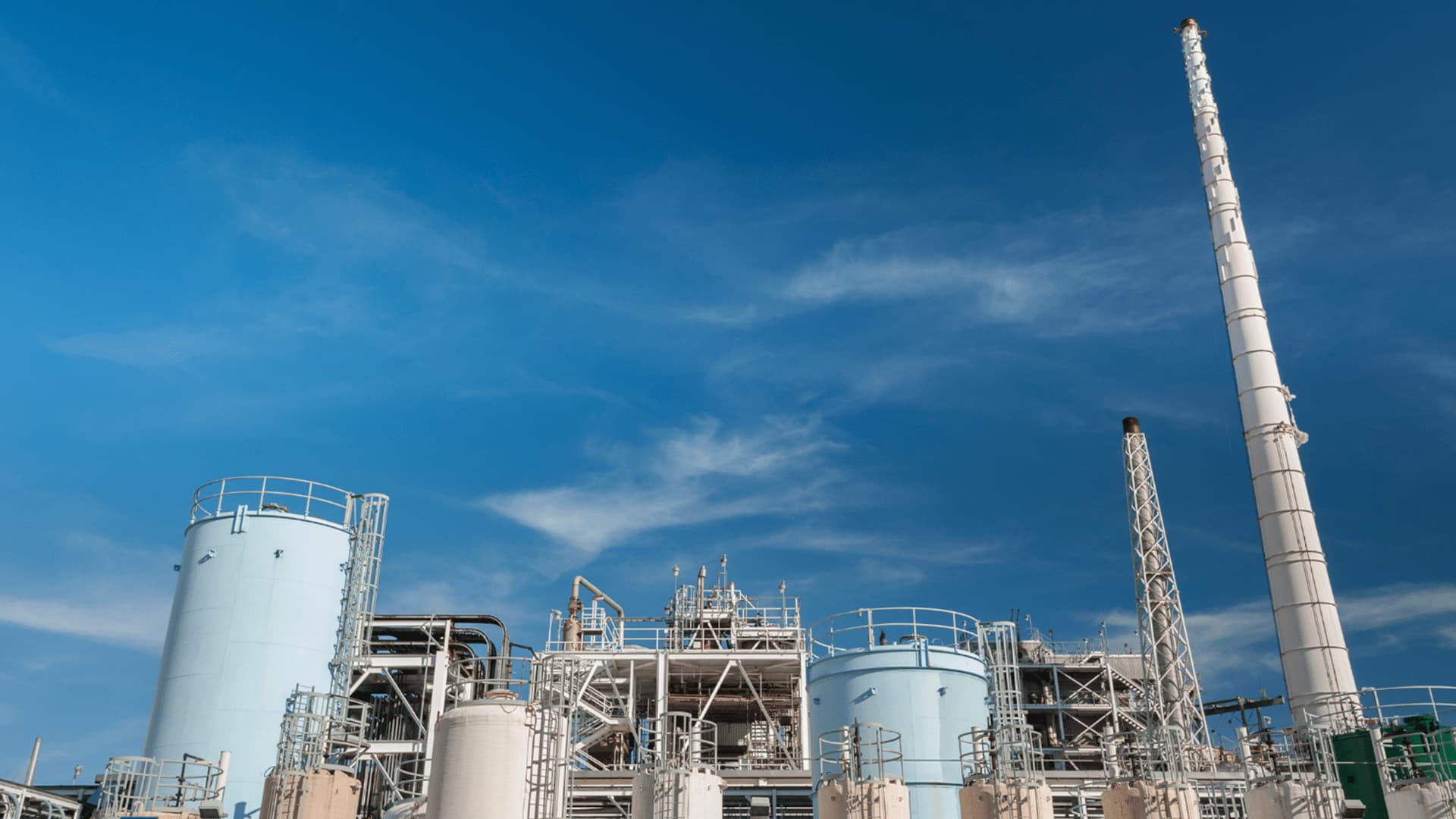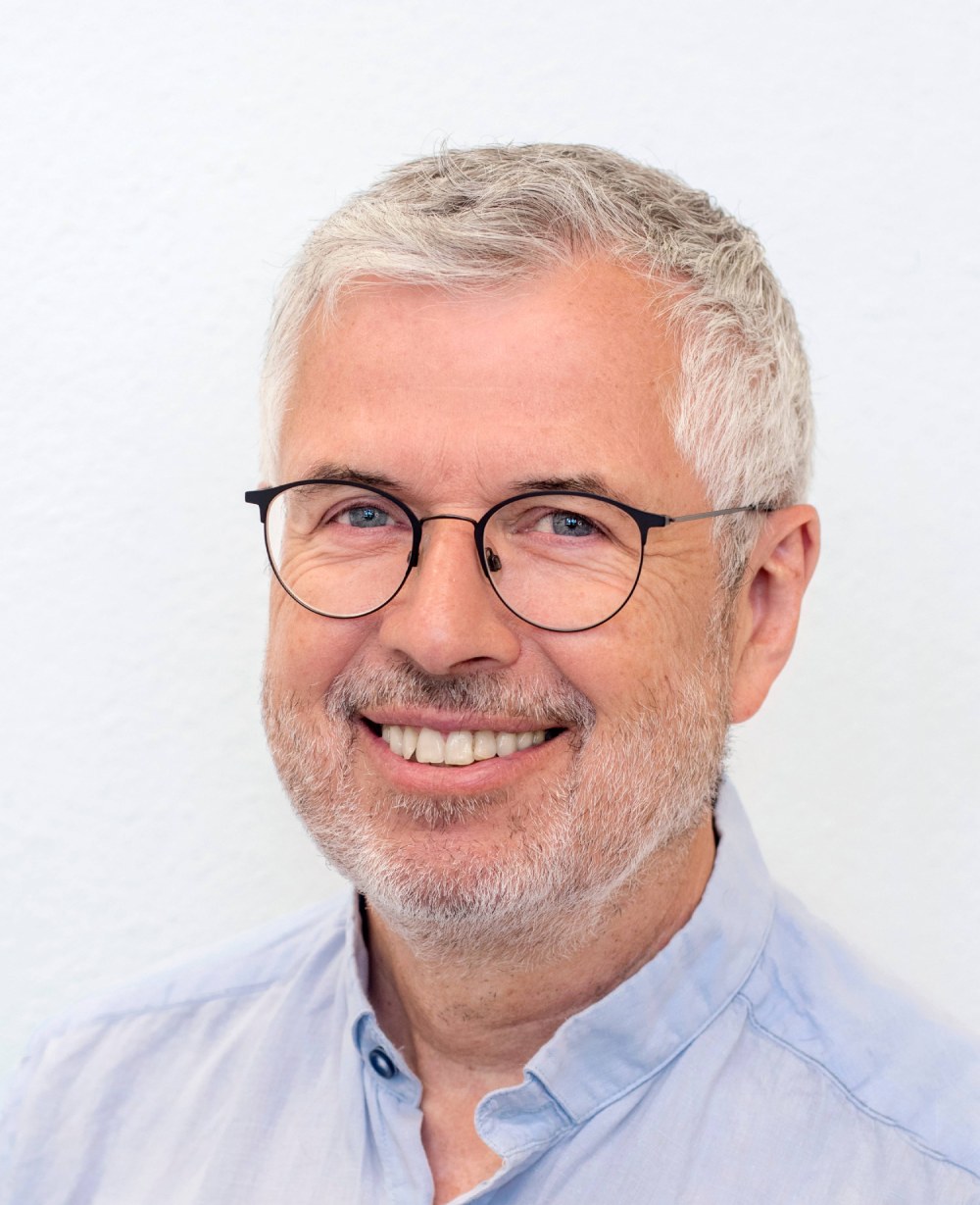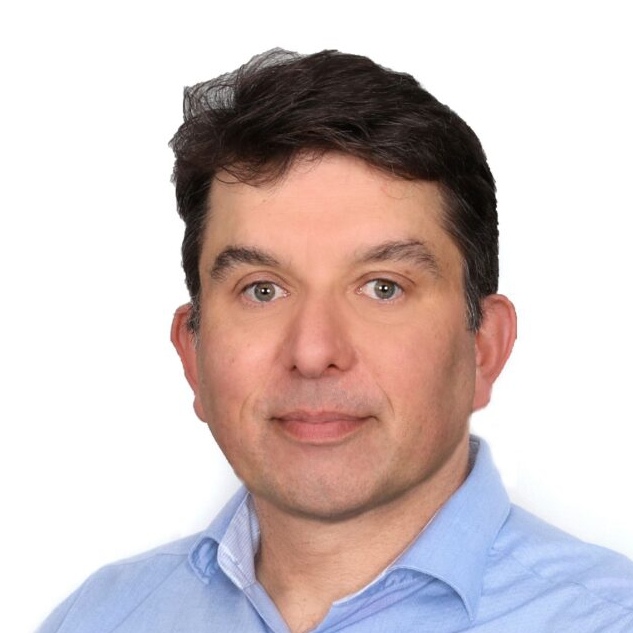
Driving success through
MOF innovation
LEARN MORE
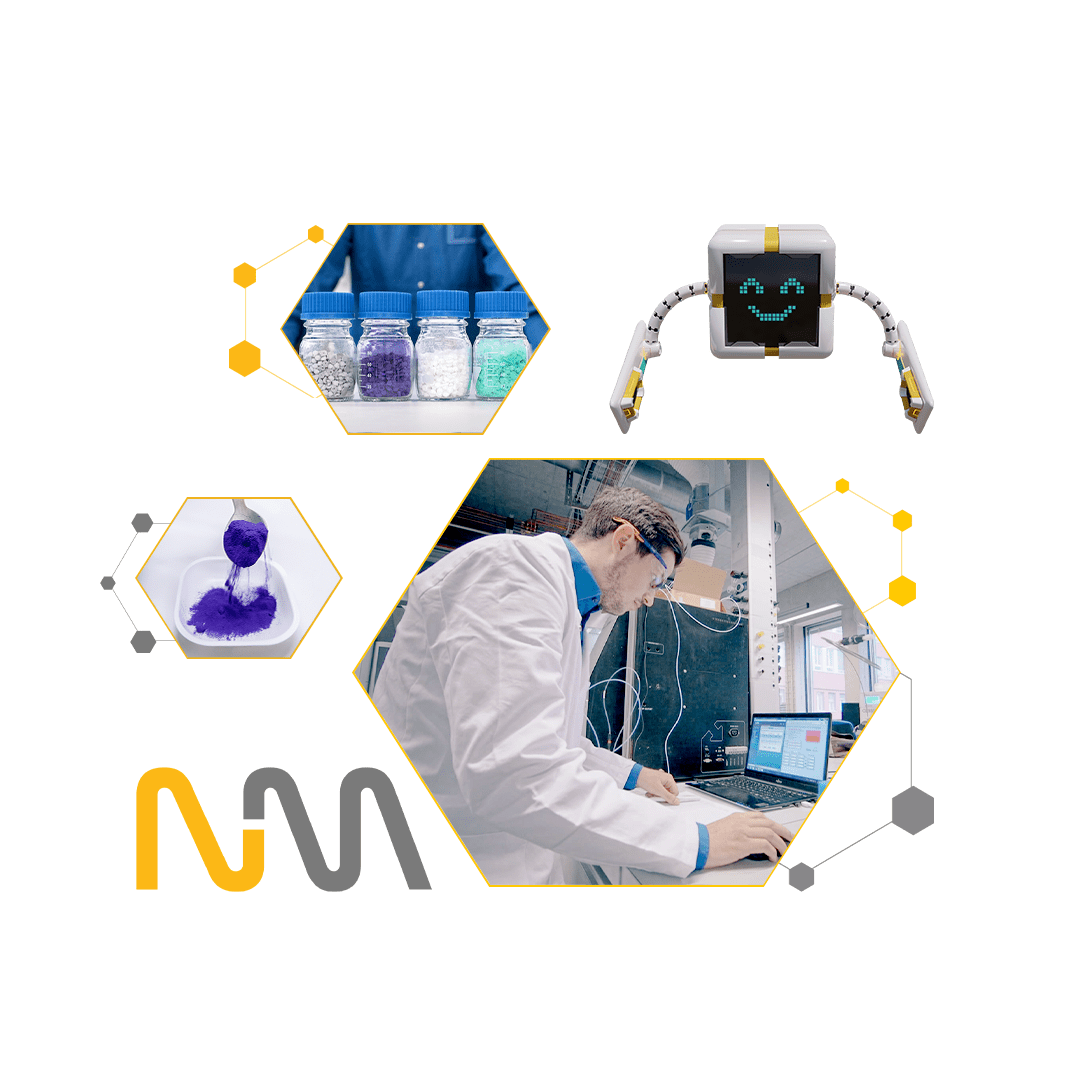
ABOUT US
Your strategic partner for innovative
MOF-based solutions
novoMOF focuses on the development, the production and the commercialization of metal-organic frameworks (MOFs). These highly porous adsorbents offer competitive solutions to global problems such as carbon capture, water scarcity, and food waste.
OUR TECHNOLOGY
A core focus of novoMOF is Carbon Capture
We’re pioneering a revolutionary solution to fight CO₂ emissions using Metal-Organic Frameworks, or MOFs. Our materials are a game-changer for both the climate and businesses.
Join us in creating a greener, more sustainable future. Reach out to novoMOF today to empower your business success with CO₂ capture.
Solution Process
1
SELECTION

Your business challenges drive us in the identification of the right MOFs.
2
SYNTHESIS
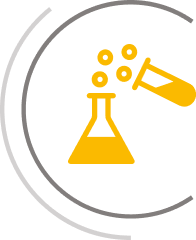
You receive synthesized MOFs at the highest quality.
You can test them for your application.
3
OPTIMIZATION

You benefit from support in optimizing the performance of your process.
4
PRODUCTION

You leverage your commercial application with us, your trusted supply partner.
We scale production according to your needs from grams to tons.
WHY US
VALUE-FOCUSED
HIGH-QUALITY
EXPERTISE
SCALABLE
INNOVATIVE
Network
TESTIMONIALS
In our syngas conversion development efforts at Dow we have been investigating MOFs as catalyst precursors. In order to evaluate and compare our internal …

Matthijs Ruitenbeek
– Senior R&D Manager The Dow Chemical Company
As the chief scientific officer, I am always scouting for new technology platforms to improve our products at Silent-Power AG. I’ve met novoMOF at a conference in …

Dr. Reto Holzner
– Chief Scientific Officer econimo DRIVE
I had the opportunity to work with novoMOF AG on the scale up of one of our MOFs. Their production of a high-quality MOF at kilogram scale,…
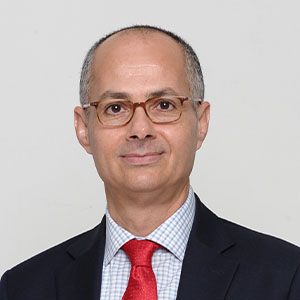
Dr. Omar M. Yaghi.
– Professor of Chemistry, UC Berkeley
novoMOF is a reliable partner for any organization seeking to scale up their metal-organic frameworks. As the principal investigator of our Atmospheric …

David R. Moore, Ph.D.
– GE Research Executive Manager, Carbon Capture Technology Leader
Recent Posts
novoMOF Blog Blog about Metal-Organic Frameworks (MOFs), their application and related industries.
- Technology Potential of MOFson August 28, 2024 at 7:00 pm
Material science is on a permanent quest for the optimization of processes through the discovery of novel exciting materials. Metal-Organic Frameworks (MOFs) are one of the most exciting advances in the field since their invention in the 1990s. MOFs have shown promise in different applications becoming a technology platform for processes such as gas storage, catalysis, drug delivery, and carbon capture. In particular, MOFs have become crucial materials for the development of applications, including Direct Air Capture (DAC) and Post-Combustion Carbon Capture (PCC). This blog describes the journey of MOFs from their discovery to the present, and how MOF challenges have been addressed and now stand poised to revolutionize carbon capture. Enhancing Stability One of the primary challenges associated with early MOFs was their sensitivity to moisture and heat. To develop more robust MOF materials, researchers have taken advantage of MOFs’ ability to be carefully designed while tailoring their structure, pore size, and chemical functionality. By selecting appropriate metal nodes and organic linkers, specific properties can be modified. For example, the incorporation of high-valence metal ions like zirconium and aluminum increases thermal and chemical stability. For instance, MOF-5 was one of the first MOFs to be synthesized and has since been widely studied. However, MOF-5 is especially susceptible to moisture. In contrast, UiO-66 was the first example MOF with zirconium metal ions, that showed superior stability to moisture and could tolerate temperatures as high as 500 °C. Now, there are many examples of robust MOFs that can withstand harsh conditions, such as steam, and even acidic conditions. Advances in Scalable Synthesis In the early stages of MOF synthesis, solvothermal methods were used in the lab-scale production. These old methods relied on the use of high temperatures and pressures (> 120 °C), long reaction times (> 72 hrs.), and toxic and expensive solvents such as dimethylformamide (DMF) or dimethylacetamide (DMAc). These inefficient methods also often required laborious purification steps and regularly resulted in a poor yield. Now, through advancements in synthesis methods, there are many examples of MOFs being produced efficiently at ambient pressure using only water as a solvent. For example, a series of Aluminum-based MOFs can be produced with yields above 90% using water as a solvent and reaction times of 6h.
- Comparing Absorption and Adsorption in Carbon...on July 1, 2024 at 4:44 pm
Point-source carbon capture technologies have emerged as a critical solution for combating climate change by reducing the amount of carbon dioxide (CO2) emissions released into the atmosphere. As nations around the world strive to meet ambitious emission reduction targets, carbon capture has become a focal point in the quest for sustainable energy practices. Among the many carbon capture methods, absorption and adsorption technologies stand out as promising ways to capture CO2 emissions from various industrial sources. Here, we delve into the world of carbon capture, with a particular focus on absorption and adsorption methods, and discuss their importance in shaping a greener future. Absorption: A Foundation in Carbon Capture Absorption-based technologies play a central role in carbon capture, providing an effective means of capturing CO2 from flue gases emitted by power plants, industrial facilities, and other sources. The process involves passing the CO2 rich gas stream through a liquid solvent, typically an amine solution, where the CO2 is chemically absorbed. The solvent, now loaded with CO2, is then processed to separate the captured CO2 for storage or utilization. Amines, such as monoethanolamine (MEA) and diethanolamine (DEA), are commonly used as absorbents due to their high affinity for CO2. These materials undergo reversible chemical reactions with CO2, facilitating effective capture and release processes. Absorption systems typically consist of absorbers, strippers, and regeneration units where the solvent is returned to the absorber for reuse. A significant advantage of absorption-based carbon capture is its maturity and widespread application in industrial settings. In addition, absorption systems can achieve high capture rate, making them attractive options for large-scale deployment. However, challenges such as solvent degradation, energy-intensive regeneration processes, and potential environmental impacts limit the widespread adoption of absorption technologies. Adsorption: Harnessing Porous Materials for Carbon Capture
- Carbon Capture: Learning From the Paston May 23, 2024 at 10:40 am
Throughout history, humanity has faced environmental challenges, each of which has provided valuable insights into our quest for sustainable coexistence with the planet. These environmental challenges have given us hints to tackling new ones. As we face the pressing issue of climate change caused by CO2 pollution, we must apply the lessons learned to develop solutions that address the root causes of emissions and reduce their impact. This blog discusses the role of carbon capture technologies in mitigating climate change. Learning from Past Environmental Challenges Mankind faces a spectrum of environmental challenges, many of which are directly related to human activity. From the devastation caused by acid rain and the hole in the ozone layer to the ubiquitous presence of plastic pollution in the oceans and the ongoing crisis of climate change caused by CO2 emissions, these issues highlight the impact of human actions on the planet. Acid rain, caused primarily by emissions of sulfur dioxide and nitrogen oxides, has been mitigated through a combination of regulatory enforcement and reductions in emissions of the chemicals that cause it. Regulations limit emissions by issuing allowances to power plants or companies, while further reductions are achieved through the use of scrubbers to capture sulfur and nitrogen compounds before they are released into the air. The use of catalytic converters in fossil-fuel vehicles also helps reduce emissions of chemicals that cause acid rain. The ozone hole issue has also been mitigated and the atmosphere is recovering. Ozone depletion was caused by the use of chlorofluorocarbons (CFCs) in aerosols and refrigerants, which react with ozone and cause it to break down. Similar to the problem of acid rain, the damage to the ozone layer was mitigated by the implementation of the Montreal Protocol, which phased out substances harmful to the ozone layer. In addition, CFCs were replaced with hydrochlorofluorocarbons (HCFCs), which are less reactive with ozone than CFCs. Ultimately, the key takeaway from past environmental management successes is the importance of proactive and decisive action. By learning from our successes and applying similar strategies to unresolved challenges, we can work toward a more sustainable future. This will require political will, technological innovation, and individual responsibility to make meaningful change. Tackling Unresolved Challenges
